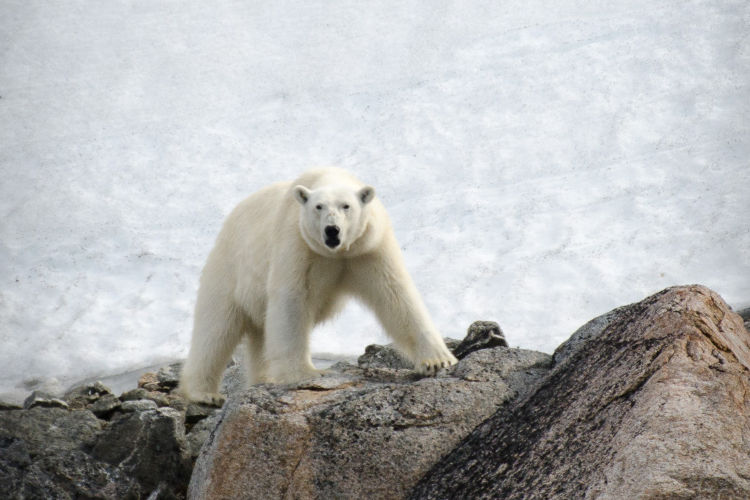
If Europe were to have a Big Five (the five species of charismatic mega-fauna that head so many African safari wish lists), the polar bear would surely head the list. The soulful symbol of a changing world, the polar bear maintains a foothold on European soil and sea ice in the Svalbard archipelago. This remote yet accessible Norwegian land – where polar bears (3000) outnumber people (around 2700) and where glaciers account for sixty percent of the land mass – lies closer to the North Pole than to Oslo and yet remains Europe’s most accessible slice of the polar north. Spotting a polar bear here is most easily done on a winter snowmobiling or skiing expedition, or from the relative safety of a summer boat expedition around Svalbard’s perimeter. Remember, though, that Svalbard’s history is littered with tales of polar bear attacks – the most recent fatality occurred in 2011.
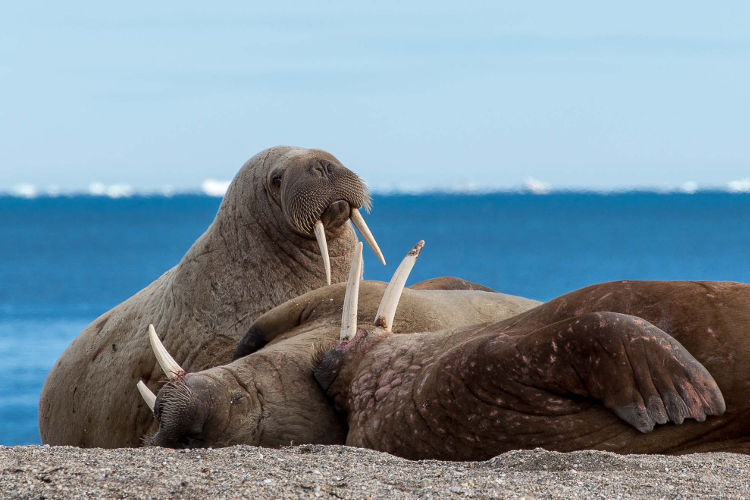
Confirmation that Svalbard is like nowhere else in Europe lies in its population of walrus. The walrus of Svalbard is, it is true, a difficult species to find – its breeding grounds are the remote islands of Karl Prins Forlandet and Moffen Island. And yet, walruses are occasionally seen along the shorelines of fjords close to the capital Longyearbyen in late spring or early summer. The best chance is on the day-trip boat journey to the near-abandoned Russian mining settlement of Pyramiden.
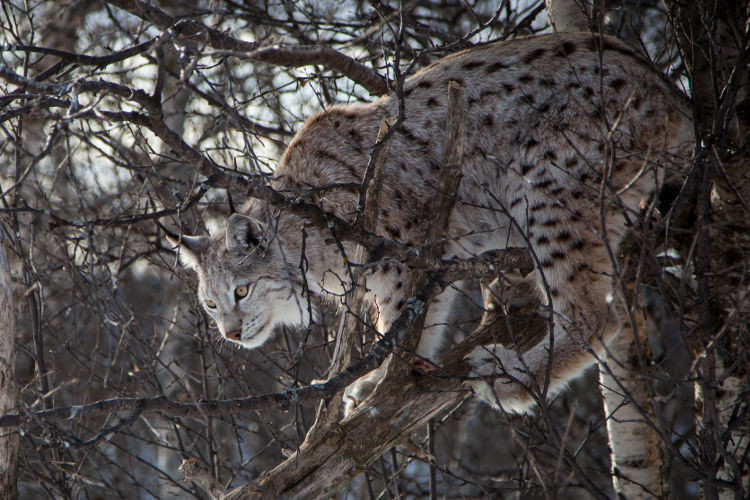
The Eurasian lynx, northern Europe’s only large cat species, and the wolverine, a fierce and furry carnivore, inhabit some of the more remote national parks of Norway’s north. Reisa National Park, a stunning territory of gorges and ice-bound forests is best explored on foot from Sarelv or Kautokeino and the low numbers of trekkers make sightings a real possibility. Stabbursness National Park (home to the world’s northernmost pine forest) and Øvre Dividal National Park (between Setermoen and the Swedish and Finnish borders) are also known for both species: Øvre Dividal is said to have the highest wolverine density in Europe.
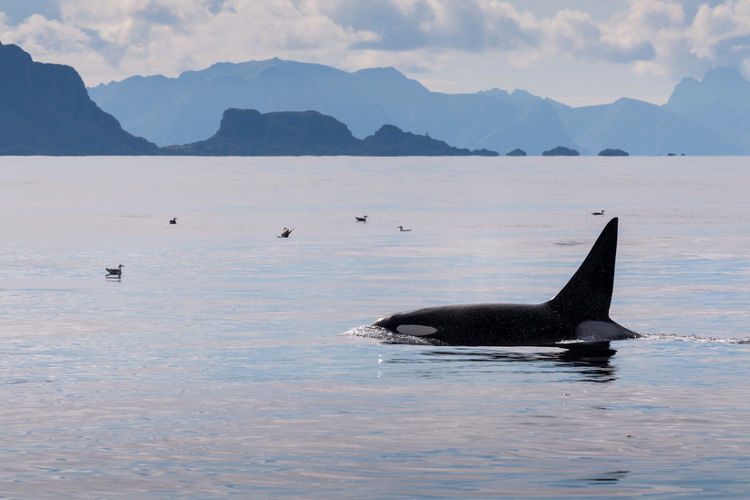
The waters of the North Atlantic are, in summer, one of the richest places on earth for plankton. And where there’s plankton, you’re sure to find whales. Andenes, on the northern tip of the Vesterålen group of islands, lies close to Europe’s continental shelf and two- to four-hour whale-watching safaris set out from its port from late May to the middle of September. Although centuries of hunting have driven whales away elsewhere, the chances of spotting whales here are so strong that at least one operator offers a free second trip if you fail to spot one on your first. Minke, pilot, humpback, sperm and orca (killer whale) are all possibilities, while seals are almost guaranteed. Operators include Whale Safaris (whalesafari.no) and Sea Safari Andenes (seasafariandenes.no).
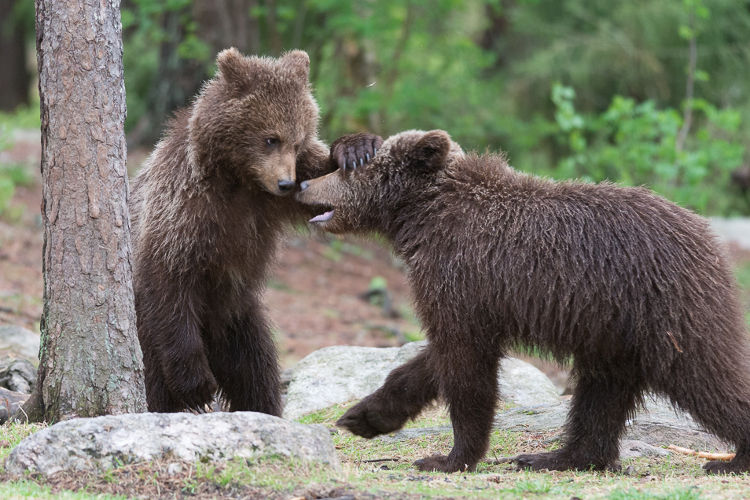
More often associated in the popular imagination with Finland or Western Russia, the brown bear is something of a creature of myth in northern Norway. The only confirmed population on Norwegian soil inhabits this park in a thin sliver of Norway surrounded by Finnish and Russian territory, south of the Arctic seaport of Kirkenes. But reports persist of wandering brown bears across Norway’s northern reaches, particularly in Øvre Dividal National Park.
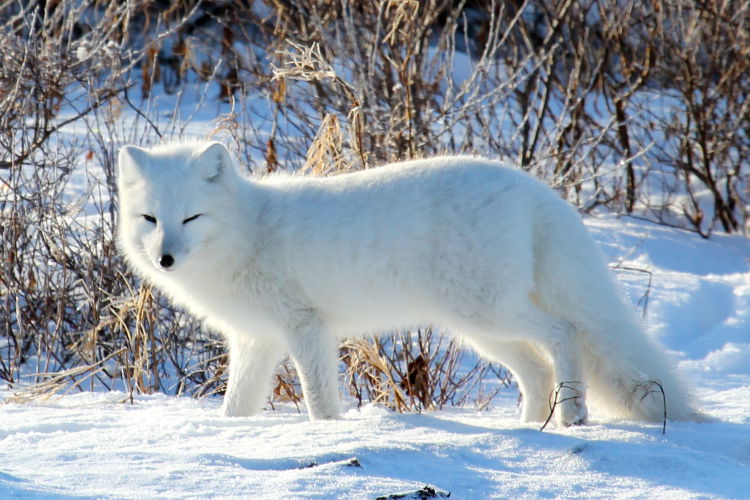
A close second to the polar bear when it comes to iconic Arctic species, this stunning fox is white as snow and perfectly camouflaged in winter, its pelage taking on a darker hue when the weather warms. It can be found at Saltfjellet-Svartisen National Park; a breeding population inhabits this stunning park of epic glaciers that straddle the Arctic Circle, while it’s also present in the more southerly Borgefjell National Park hard up alongside the Swedish border. And Arctic foxes inhabit Svalbard, often seen in Longyearbyen itself or around the settlement fringe, especially in summer.
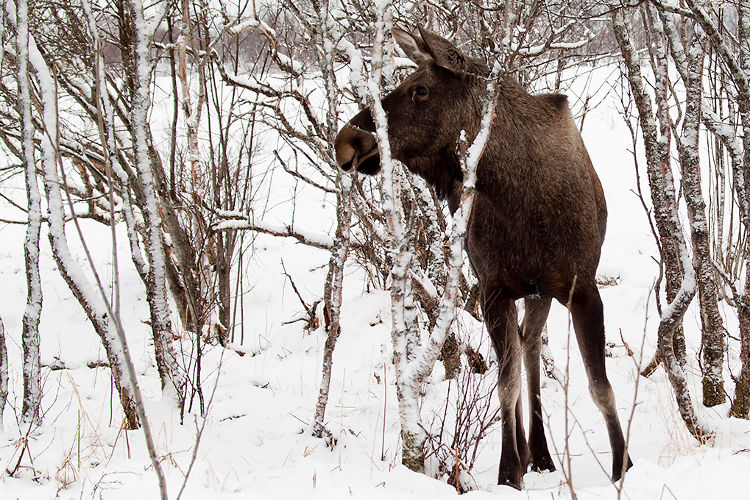
One of the easiest species to spot in central and southern Norway, the moose or elk (elg in Norwegian) retains a northern foothold or two. Summer is the time to take the elk-watching safari offered by Andøy Friluftssenter (andoy-friluftssenter.no), at Buksnesfjord, 63km south of Andenes in the Vesterålen archipelago. Less shy than most large Nordic species (which is surprising given the Norwegian taste for moose burgers), the elk is best seen with a spotlight in the hours immediately following sunset.
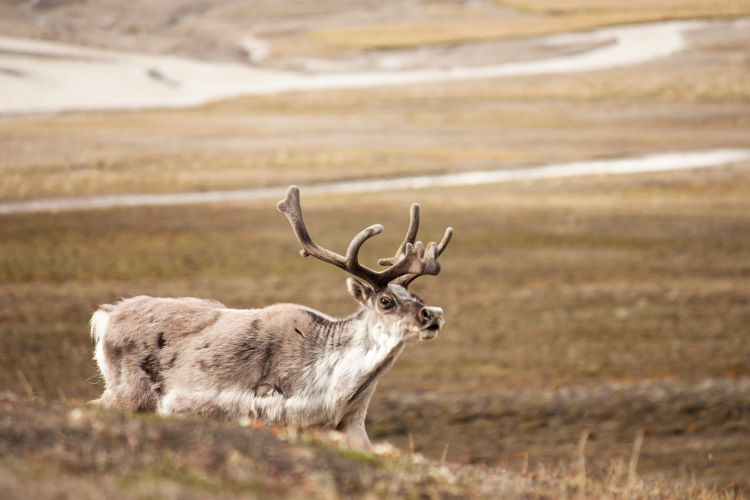
Reindeer are a common sight all across Norway’s north, so much so that they’re a frequent road hazard along many northern roads. But the overwhelming majority of northern Norwegian reindeer are owned and domesticated by the indigenous Sámi people. Wild reindeer roam further south in the central Norwegian national parks of Hardangervidda, Reinheimen, Femundsmarka and Rondane. In the north, wild sightings require a trip to Svalbard, whose reindeer are shorter, whiter and more squat than the mainland variety. That’s because they’re genetically linked to their distant Canadian cousins, although some have been found bearing Russian tags – they must walked to freedom over the ice.
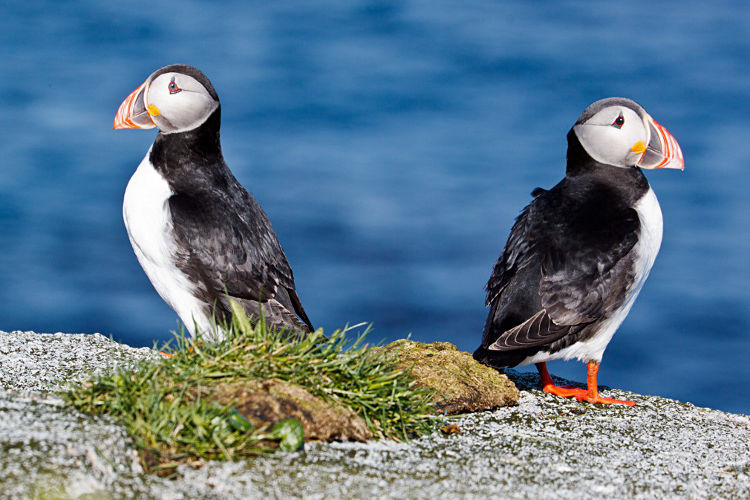
There’s something about puffins and their clown-like faces that make them the prized sighting of many Norwegian birding checklists. Single puffins or small groups out on the fjords of Svalbard are commonly seen in summer from boating expeditions to Pyramiden and Barentsburg – to see a lone puffin on near-freezing Arctic waters is an essential part of the puffin story. But for an altogether different experience, consider a trip to Bleik, a tiny village south of Andenes in Vesterålen. From the beginning of June to mid-August, Puffin Safari (puffinsafari.no) runs boat trips out to the breeding colonies where an extraordinary 150,000 pairs nest in summer. Elsewhere, amid a skein of islands just short of the Arctic Circle, the islanders of Lovund celebrate 14 April as the day that 200,000 puffins return to the island to nest until mid-August.
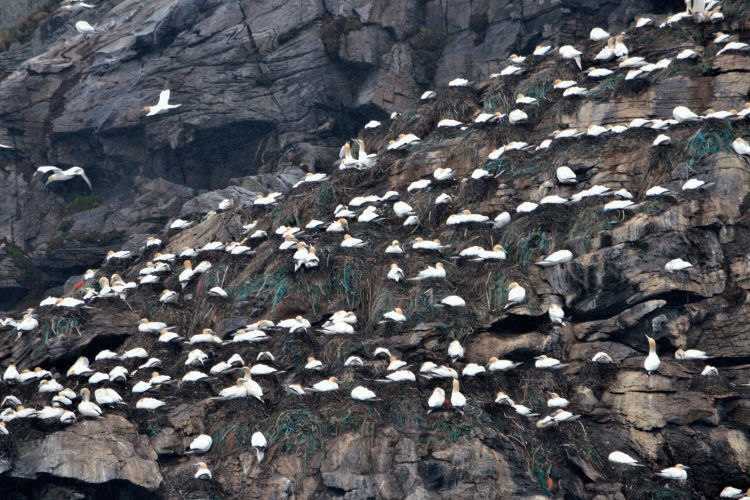
The lemming takes on human form in the rush to Nordkapp, mainland Europe’s northernmost point, but there is an alternative. Some 21km off the Honningsvåg-Nordkapp road, a blissfully quiet stretch of tarmac leads down to the hamlet of Gjesvær, surrounded by tundra, dramatic rocky outcrops and dark Arctic waters. From the village’s quiet harbour, Bird Safari (birdsafari.com) organises June to late-August boat trips out to the Gjesværstappan islands, home to an estimated three million nesting birds, among them puffins, skuas, razorbills, kittiwakes, gannets and white-tailed eagles. It’s an extraordinary experience, a reminder that watching wildlife in Norway is always best when you take the road less travelled.
Anthony Ham fell in love with Norway the first time he laid eyes on her and there aren’t many places in Norway he hasn’t been, from Lindesnes in the south to the remote fjords of Svalbard in the far north. His true passion is the Arctic north, whether dog-sledding and spending time with the Sami around Karasjok or drawing near to glaciers and scouring the horizon for polar bears in the glorious wilderness of Svalbard.www.anthonyham.com